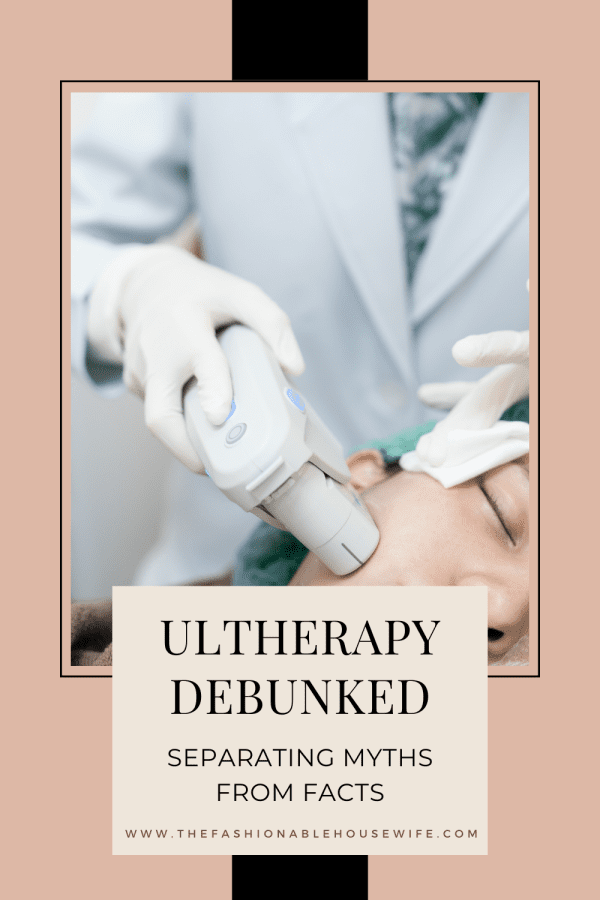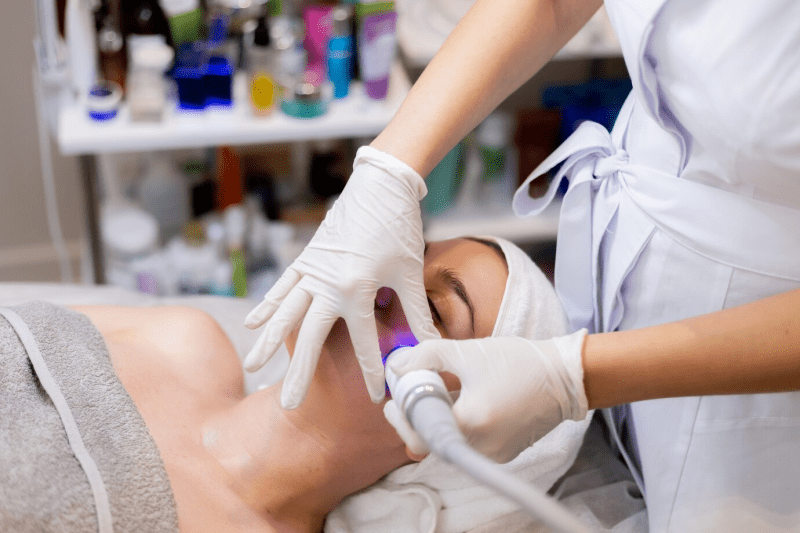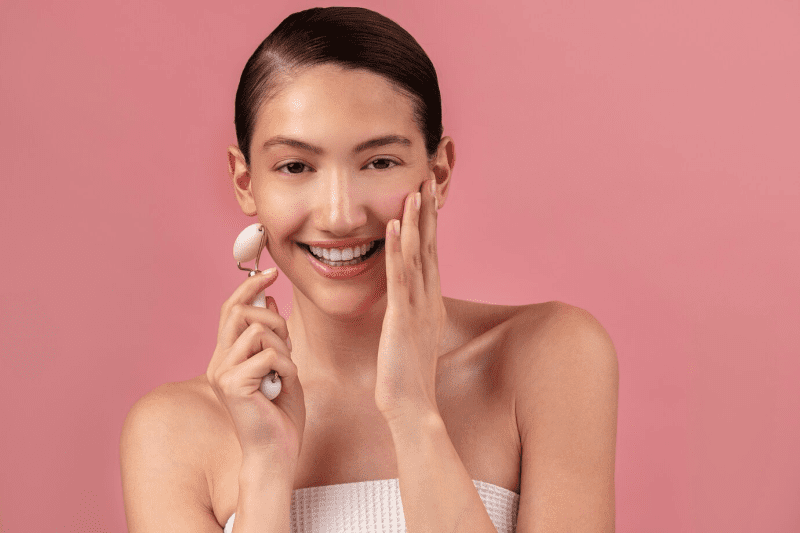Ultherapy Debunked: Separating Myths from Facts

In non-invasive skin rejuvenation treatments, Ultherapy frequently emerges in conversations, often accompanied by many claims and misconceptions. This procedure uses ultrasound technology to lift and tighten the skin, making it a frequent choice for those seeking to enhance their appearance without surgery. However, as you contemplate Ultherapy for your own cosmetic goals, it’s crucial to distinguish between the myths and the facts surrounding this treatment.
Many misunderstandings can lead to unrealistic expectations, and some may underestimate its effectiveness in treating sagging skin on the neck and décolletage. This article aims to provide accurate and comprehensive information, equipping you with the knowledge needed to make well-informed decisions based on the realities of what Ultherapy treatment can and cannot do, ensuring your expectations align with the likely outcomes.
What is Ultherapy?

Before getting into the common myths, let’s clarify what Ultherapy is. Ultherapy is a non-surgical cosmetic treatment renowned for using focused ultrasound technology. This approach uses ultrasound energy to penetrate deep within the skin, stimulating the natural production of collagen, a protein that helps maintain the skin’s firmness and elasticity. This process primarily aims to lift and tighten the skin on the face, neck, and décolletage, effectively addressing signs of aging like sagging and wrinkles.
Unlike traditional surgical facelifts, Ultherapy offers the advantage of no cutting or recovery time, allowing individuals to return to their daily activities immediately after the procedure. Ultherapy is ideal for those seeking a minimally invasive solution to rejuvenate their appearance.
Common Myths and Facts about Ultherapy
As Ultherapy continues to rise, so does the volume of information—and misinformation—surrounding this treatment. Many potential patients encounter conflicting messages about its effectiveness, safety, and suitability for various skin types. Understanding the truth behind these claims is essential for making informed decisions regarding your cosmetic options.
In this section, we will explore some of the most frequently circulated myths about Ultherapy, contrasted with the facts that show the reality of this procedure. By clarifying these misconceptions, we aim to give you the knowledge necessary to approach your cosmetic journey with confidence and clarity.
Myth 1: Ultherapy is a Quick Fix for Sagging Skin
Fact: Ultherapy can enhance skin laxity and firmness by stimulating collagen production, but it’s not an immediate solution. The full benefits develop gradually over two to three months as the body produces new collagen in response to the treatment. Ultherapy is ideal for individuals seeking subtle, natural-looking enhancements rather than drastic, overnight changes. Patience is key, as the treatment works from within to rejuvenate the skin over time.
Myth 2: Ultherapy is Painful
Fact: Comfort levels during Ultherapy can vary depending on an individual’s pain threshold, much like other aesthetic procedures. While some patients may experience mild to moderate discomfort during the procedure, advances in technique and pre-treatment care have significantly improved the overall experience.
Techniques such as topical anesthetics or oral pain relievers can help alleviate discomfort. Most providers will discuss pain management options with patients before the procedure to ensure a comfortable and tolerable experience.
Myth 3: Ultherapy Replaces a Facelift
Fact: Ultherapy cannot fully replicate the dramatic results of a surgical facelift. It is most effective for individuals with mild to moderate skin laxity seeking a non-invasive option. This treatment can be a great alternative for those not yet ready for surgery or for those looking to extend the effects of previous cosmetic surgeries. Ultherapy offers a more subtle lifting and tightening effect and can be an excellent option for maintaining a youthful appearance without surgery.
Myth 4: Results from Ultherapy are Temporary

Fact: The effects of Ultherapy can last up to two years, offering a long-term improvement in skin texture and appearance. However, it’s important to note that the treatment does not halt the natural aging process. Individuals may need to schedule maintenance sessions to maintain the initial results, especially as their skin ages. Regular touch-ups help sustain the improved appearance of the skin over time.
Myth 5: Ultherapy Can Cause Burns
Fact: When performed by a trained and certified professional, Ultherapy is a safe and effective procedure with a minimal risk of burns. The use of ultrasound energy in medicine is well-established, having been utilized for decades due to its safety and precision. This technology provides a controlled method for delivering focused energy to specific depths within the skin, promoting collagen production without damaging the surface. Ensuring that an experienced practitioner conducts the procedure further reduces any potential risks.
The Importance of Choosing the Right Provider
The safety and effectiveness of your Ultherapy treatment largely depend on the practitioner’s expertise and proficiency. Choosing a doctor who is extensively trained and experienced in delivering Ultherapy treatments is crucial. They should possess a comprehensive understanding of facial anatomy and ultrasound technology, which is essential for tailoring the procedure to your unique facial structure. This knowledge ensures ideal outcomes and significantly minimizes potential risks associated with the treatment.
When selecting a provider, consider their credentials, reviews from past clients, and any before-and-after photos of previous procedures they may have conducted. This due diligence helps ensure you’re in capable hands, providing peace of mind and confidence in your decision.
Conclusion
Ultherapy is a scientifically backed, FDA-approved treatment that offers a non-invasive alternative to surgical facelifts for those looking to enhance their appearance with minimal downtime. By debunking the common myths and understanding the facts, you can approach your decision about undergoing Ultherapy with clarity and confidence. Always consult a qualified provider to discuss your specific concerns, potential benefits, and what you can expect from your Ultherapy treatment.
Remember, making an informed choice is key to achieving the best possible outcomes for your skin rejuvenation journey.

